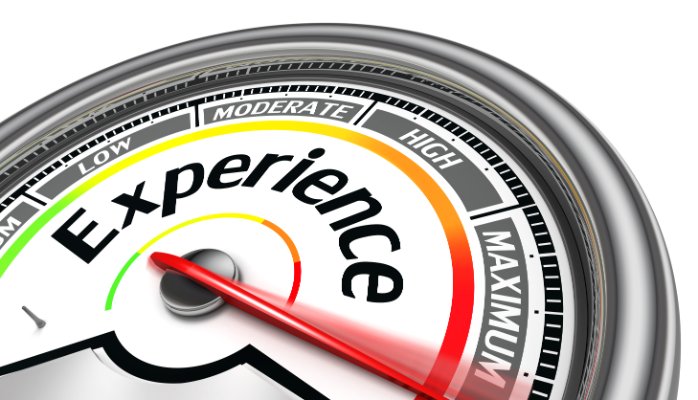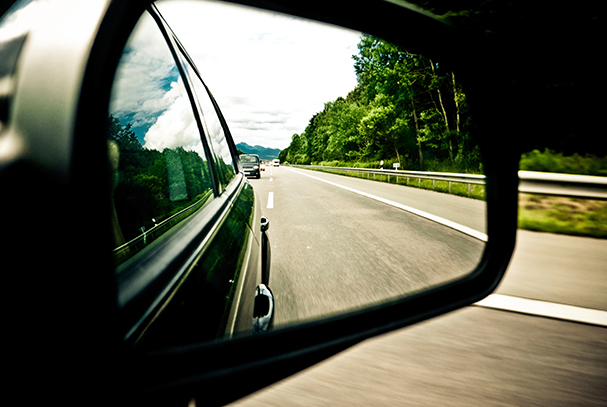In this series of posts, Influencers and members predict the ideas and trends that will shape 2015. Read all the stories here and write your own (please include the hashtag #BigIdeas2015 in the body of your post).
It used to be if you just built a shop, a mall, or a stadium, “they” would come.
Then in came the revolution of new technologies and out went “feet in stores” and “butts in seats.” If you were a “brick,” the financial consequences of this abandonment was painful, often public and in some cases, even deadly.
If you were a “click,” it began to look like the proverbial best of times. The efficiency of technology rewarded “clicks” by solving a plethora of customer problems from the inconvenience of traffic and parking, to sourcing and delivering any product anytime right to the purchaser’s home while personalizing the entire experience. Likewise, the stay-at-home sports fan enjoyed the option of watching seven games at once in his home theater, in his pajamas on 65-inch screens with surround sound and with second screens connecting visually with disparate fan friends. Or, he could watch games while multi-tasking on a PC or while traveling anywhere at anytime on a mobile device.
“Clicks” and “bricks” were in a tussle for the attention, pocketbooks, and mindshare of their audiences. That was then…
2015 and beyond will mark the courtship of “bricks” and “clicks,” likely culminating in a blended family maximizing the best of both worlds.
2015 and beyond will mark the courtship of “bricks” and “clicks,” likely culminating in a blended family maximizing the best of both worlds. Realizing this will require that brick and mortar establishments, i.e. all physical locations, perceive themselves as being in the location-based entertainment business. This will necessitate that many physical locations reinvent themselves to offer not just product, but experiences – both online and off — that delight and engage their customers and fans. The result will be their metamorphosis from commodity shops to “go-to” destinations rich in experiences.
This doesn’t mean that “bricks” and “clicks” won’t also exist independently. But when “bricks” perceive their enterprise offerings as entertainment and incorporate “clicks,” the interactions, services and experiences they can provide customers and fans take on an entirely different spin. The experience becomesemotional in addition to utilitarian and the result is a more resonant, memorable and ultimately lucrative relationship. I call this being in the emotional transportation business and it’s the future of every location-based establishment if they want to survive and thrive in 2015 and beyond.
Consider The Grove shopping venue in Los Angeles.
Designed by Rick Caruso and Caruso Affiliated in a location that was originally considered the wrong part of town, it has since become one of the top grossing shopping centers with many professionals studying it in hopes of duplicating its incredible success. Its secret sauce? A laser focus on “audience” and tenant experience successfully blending high-end retail, community and entertainment. From a free ride on the trolley to a dancing fountain, art, sculpture, special live events, concierge services and dining choices to suit every taste, it is the epitome of the successful location based entertainment experience. The per cap retail in this location is astounding.
In sports, venues must recognize that folks coming to the games want to be participants, not just passengers, believing with absolute certainty that they play a role in the outcome of the event.
Critical to this success is the blending of technology with the physical experience to generate efficiencies that deepen customer loyalty. From paperless parking using a swipe of a smart phone, to digital signs on every parking level showing how many spots are available in real time, to signing up, creating profiles and managing CARUSO Rewards using their CARUSO mobile app, to earning points and rewards with their receipt scanner, to receiving personalized communication on things that matter most to each individual customer, The Grove elegantly partners with and leverages technology to its greatest advantage.
In sports, venues must recognize that folks coming to the games want to be participants, not just passengers, believing with absolute certainty that they play a role in the outcome of the event. This means venues must engage them by giving them the digital tools to interface with all facets of the stadium – from easily purchasing parking and event tickets online, to buying food and the newest merchandise through their mobile devices, accessing analytics, selling seats, connecting to players, tapping into fantasy sports, and dialoging with friends in the stadium and at home while at the venue.
As owner of the NBA’s Golden State Warriors and the Los Angeles Dodgers, when one of my colleagues at a league meeting exhorted that mobile phones were actually a distraction to the game, he was told that he was missing the whole point! The audience has become habituated, if not addicted, to their mobile devices. The interactivity that mobile devices provide is an emotional treasure trove for marketing products and processes. The key for all in-venue sports businesses is to make it easy for fans to control and personalize their experiences using current and emerging technologies. This will strengthen the bond between the venue, the team, the fans and the brand.
As I look to 2015 and beyond, the business professionals who will thrive in this blended environment are the ones who are ambidextrous. They will be curious rather than critical of all possibilities. They won’t be risk averse. And they will push the envelope in both the “brick” and “click” worlds creating new emotional experiences that catalyze the return of “feet in stores” and “butts in seats.”


